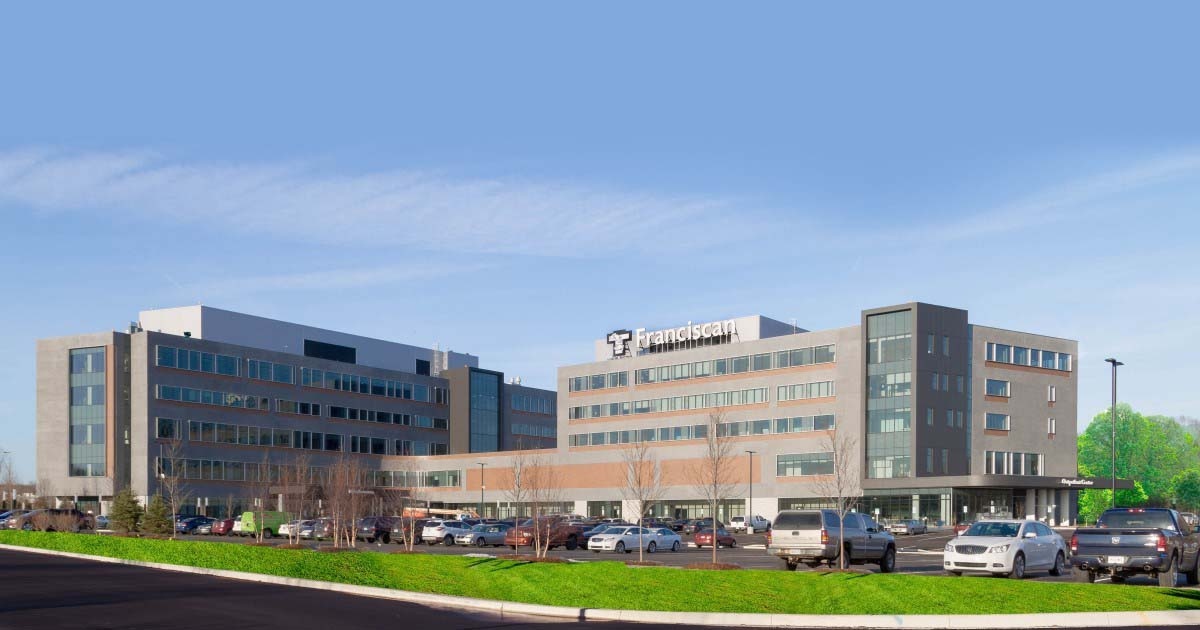
@ShahidNShah


One significant change was to increase remote patient monitoring, offering more resources and assistance so that patients might feel comfortable recovering at home. Prior to 2020, the Mishawaka, Indiana-based Franciscan Health health system conducted just a small number of telemedicine visits. There wasn't a lot of programming for patients to interact with Franciscan Alliance clinicians via telemedicine, with the exception of some tele-stroke and behavioural health virtual treatment. Some specialties were in the process of requesting telehealth technologies in February 2020, while some of them, like urgent care, were already in the testing phase. When COVID-19 surfaced in March 2020, everything changed. The requirement to keep at-risk patients out of healthcare facilities was made necessary by the emergency situation and stay-at-home directives.
Continue reading at healthcareitnews.com
The international healthcare community reunited in September during the 2022 HIMSS Asia-Pacific Health Conference & Exhibition in Bali, Indonesia, after a three-year hiatus following the COVID-19 …
Posted Dec 3, 2022 Healthcare Transformation
Connecting innovation decision makers to authoritative information, institutions, people and insights.
Medigy accurately delivers healthcare and technology information, news and insight from around the world.
Medigy surfaces the world's best crowdsourced health tech offerings with social interactions and peer reviews.
© 2025 Netspective Foundation, Inc. All Rights Reserved.
Built on Apr 17, 2025 at 6:07am